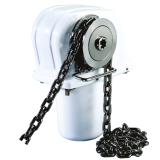Choosing the right anchor windlass for your boat
When choosing an anchor windlass, you must consider your boat's size and design, mounting and placement of the windlass, and anticipated anchoring conditions, including pulling power and type of ground tackle.
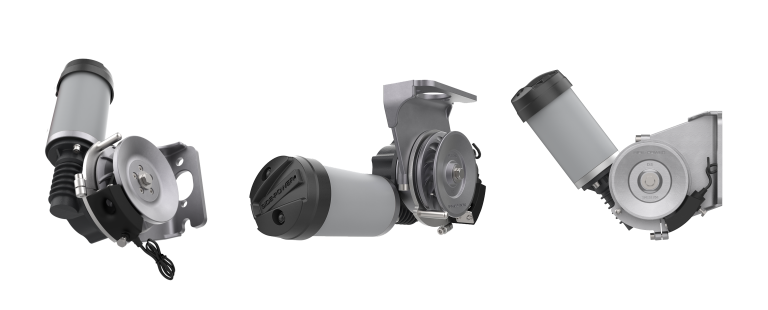
Windlass size
Your boat's size and weight determine which windlass size you should go for. Additionally, the windlass's placement and mounting will give you reliable insight into which model to select.
Learn more below (click to expand)
Windlass pulling power
A windlass's maximum load capacity should be four times its usual working load, meaning the anchor's combined weight, rode, and hardware.
Leaded line or chain?
The weight of the leaded line or chain is essential as it helps you achieve softer anchoring. With a correct weighted rope or chain, it takes longer to stretch when the boat moves, and you avoid strong jerks.
Windlass with leaded line
In Scandinavia, most people choose leaded lines as they predominantly anchor at the stern. A leaded line is lighter than a chain but still has a high dead weight and good durability.
All Sleipner windlasses with leaded line comes with automatic free fall and is equipped with a parking function, including soft start and double auto-stop function.
-
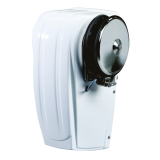
Maxi 31 windlass, 1000W, 12V
-
.png)
Maxi 43 windlass, 1000W 12V, port side
-
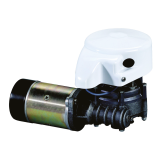
Maxi 34-D windlass, 1500W, 24V
-
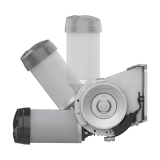
Midi 202 windlass, 600W, 12V
-

Maxi 40 windlass, 1500W, 24V
-

Maxi 31 windlass, 1500W, 24V
-

Maxi 40 windlass, 1000W, 12V
-
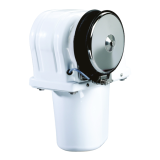
Maxi 32 windlass, 1000W, 12V
-
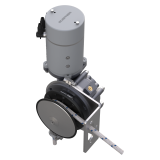
Maxi 44 windlass, 1000W 12V, starboard
-
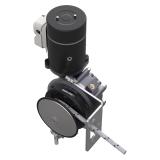
Maxi 44 windlass, 1500W 24V, starboard
-
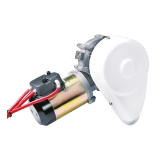
Maxi 34-G windlass, 1000W, 12V, starboard
-

Maxi 34-G windlass, 1000W, 12V, port side
-

Maxi 34-G windlass, 1500W, 24V, port side
-

Maxi 34-D windlass, 1000W, 12V
Windlass with chain
A chain is by far the most common worldwide. A chain has high durability and weighs a lot, which is an advantage on bigger boats, but a disadvantage on smaller boats due to the increased weight concentration at the boat's back. Chains are extended to the desired length without features such as automatic free fall. This is because the chain's weight would drag the entire length of the chain to the bottom. In practice, this means that it takes longer to prepare anchoring with a chain than with a lead rope.

